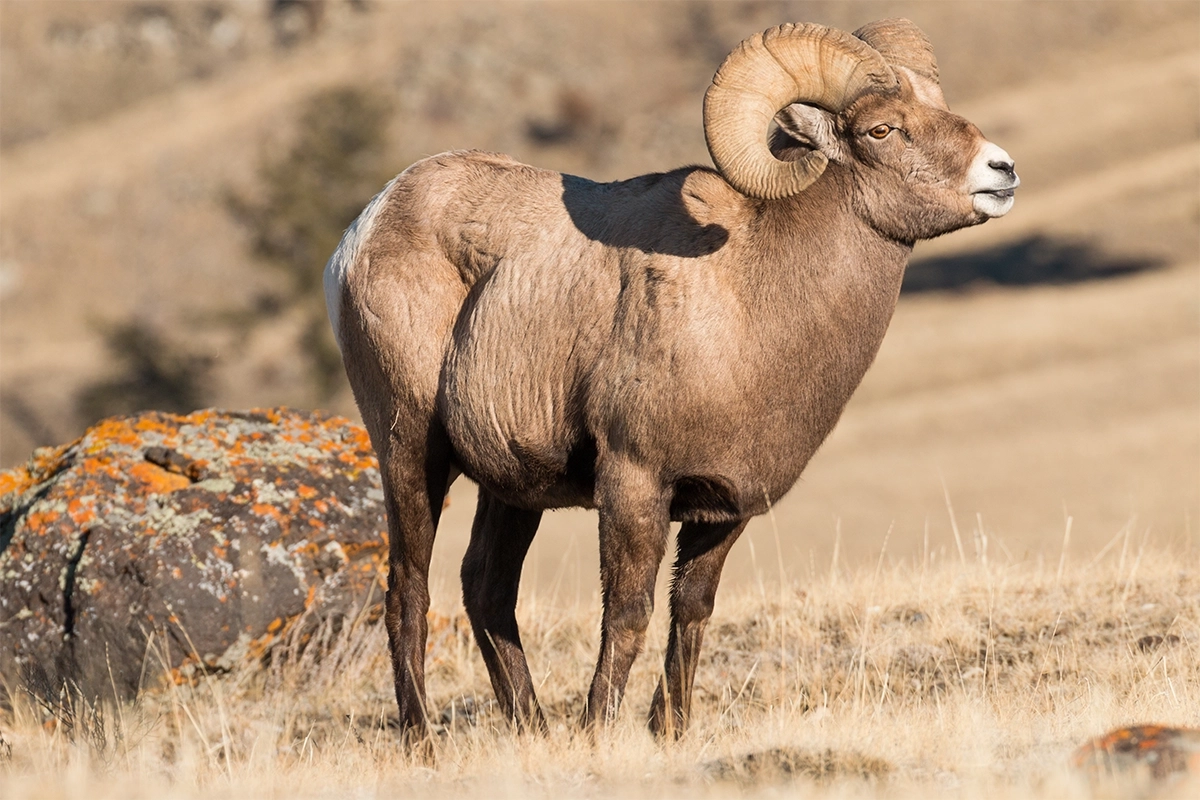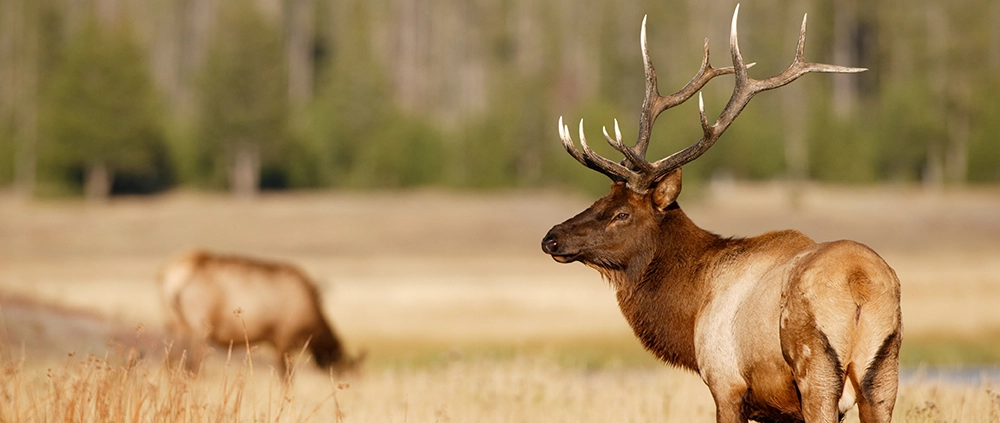Wildlife Watching in Autumn: Jackson Hole’s Migration Season
Autumn in Jackson Hole attracts nature enthusiasts from around the world. As the leaves turn golden and the air crisps with the promise of winter, it’s not just the landscapes that change. It’s also the time when some of the world’s most iconic wildlife take center stage. Join us on an expedition into Jackson Hole’s Migration Season and uncover the extraordinary wildlife gathering in the valley.

The Season of Migration
Autumn is a season of movement in Jackson Hole, and few events rival the annual wildlife migrations. One of the most remarkable is the migration of elk, when thousands of these majestic creatures descend from the high country to lower elevations in search of winter forage. This journey is a sight to see and provides a prime opportunity for wildlife enthusiasts to witness the beauty of nature.
The Elk Rut: A Display of Power and Beauty
The elk rut, or mating season, coincides with autumn. This is when male elk, known as bulls, engage in impressive displays of dominance and courtship. The resonant bugling of bull elk echoes through the valleys as they vie for the attention of female elk, or cows. Observing this ritual is like nothing else.
Majestic Moose Encounters
While elk may take center stage, moose represent another captivating wildlife species you can encounter in Jackson Hole during the autumn months. Frequently spotted near lakes and rivers, moose are most active during the hours of early mornings and evenings. Observing a moose in its native environment is an incredible encounter and a must-see experience during the autumn season.
Bison and Bighorn Sheep
Don’t forget about bison and bighorn sheep, which also roam the region’s open spaces and mountainous terrain. Bighorn rams engage in head-butting contests to establish dominance, while bison herds move methodically through the landscape, showcasing the untamed spirit of the West.

Wildlife Watching Tips
- Visit National Parks: Grand Teton National Park and Yellowstone National Park are prime locations for wildlife watching. Rangers can provide information on recent sightings and safe viewing practices.
- Be Patient and Respectful: Keep a safe distance from wildlife and use binoculars or a telephoto lens for close-ups. Do not approach or feed wild animals.
Timing is Everything: Early mornings and late afternoons are the best times for wildlife sightings. Be prepared for varying weather conditions, as autumn can bring various temperatures. - Join a Guided Tour: Consider booking a guided wildlife tour with experienced naturalists who can help you spot and identify animals while providing educational insights.



